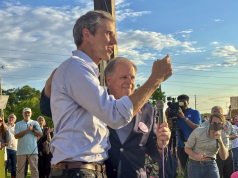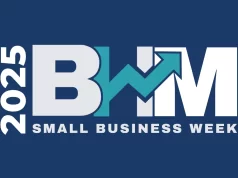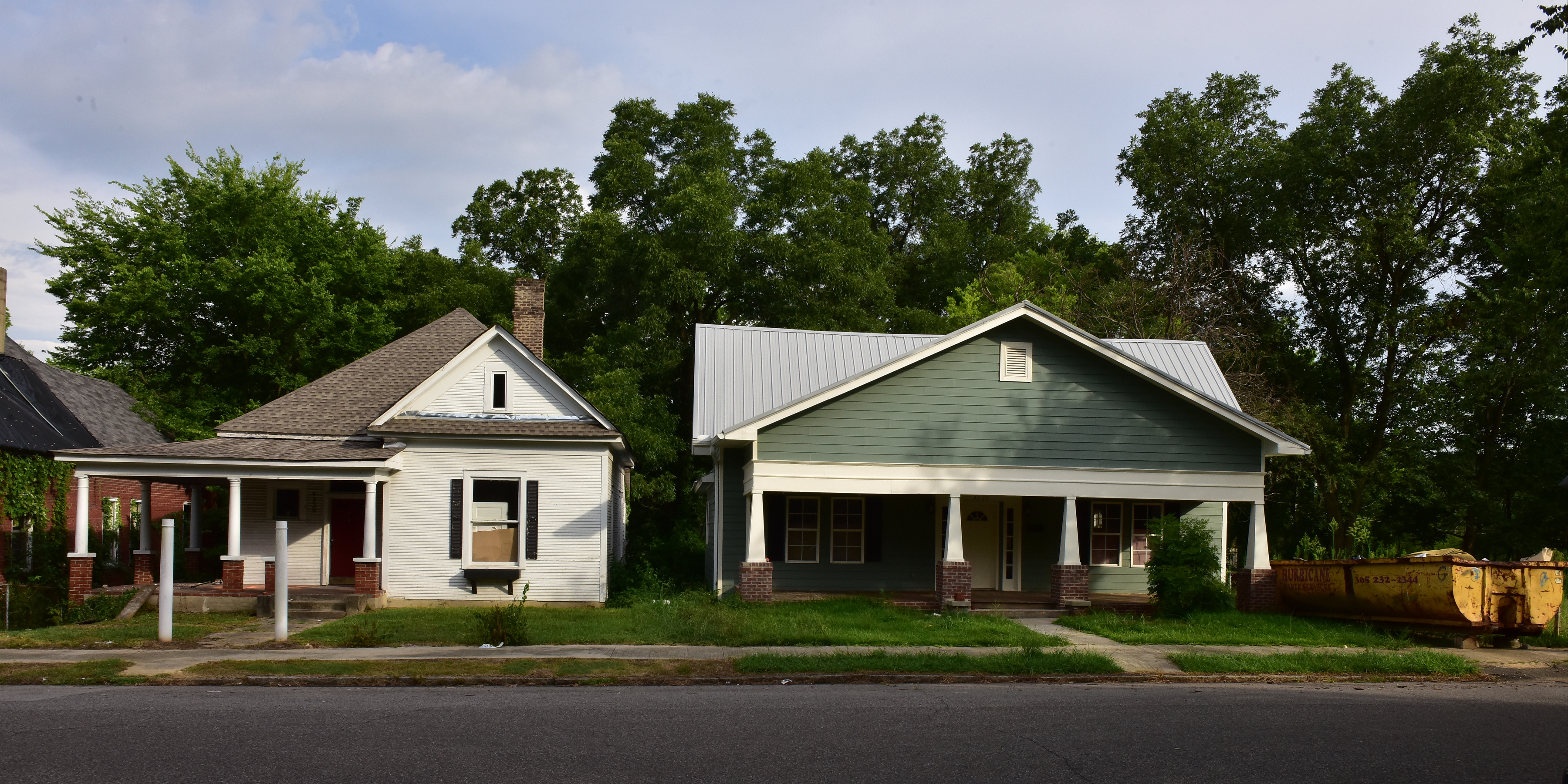
By Barton Perkins
Special to The Birmingham Times
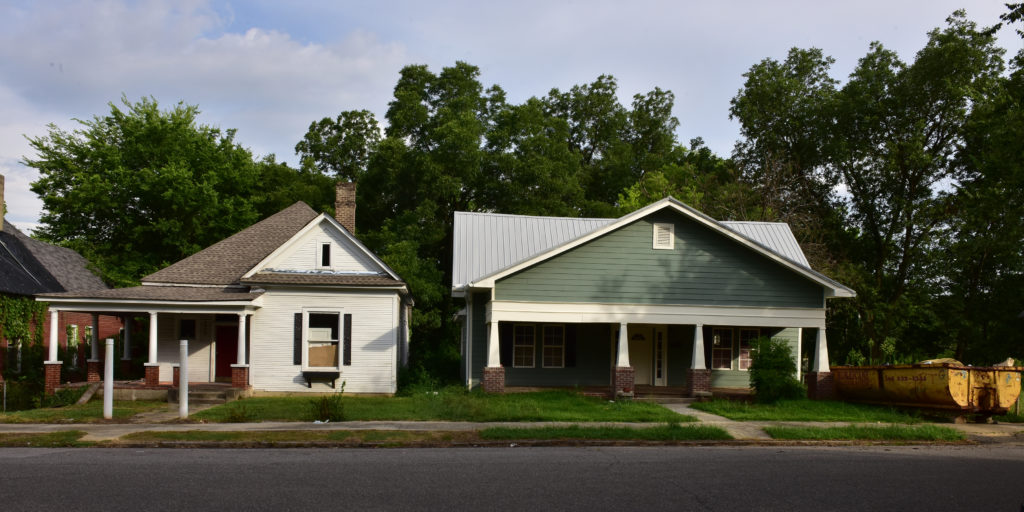
Gentrification is not new to Birmingham. Neighborhoods such as Avondale, Lakeview, Central Cities and Ensley have begun to evolve into areas filled with great restaurants, new shops, and parks.
But those changes have also brought a number of fears.
“Avondale has gone from a neighborhood that people were trying to move out. It had high crime, dilapidated houses; no businesses to speak of,” Birmingham Mayor William Bell said. “Avondale Park was becoming jaded. But because the city invested in renovating the park. We raised the visibility of the police department in that area.
“We made improvements to the streets and the lighting. We have businesses that are moving in there. You have a new generation of citizens that are moving there that might not look like the citizens who have lived there all along and when people see that, they think ‘well, they only did it because they want them to come in and we’ve been here all along.’ You did it because the people who were there were complaining about not having adequate lighting, not having paved streets, not having a decent park and when you put those things in place you began to attract other people and so that conflicts come in ‘where are they coming from?’”
Those “conflicts” have led to tension in some pockets of the city.
Major cities transform year after year, revitalizing their downtown and surrounding areas. But with these good aspects there are a number of fears that gentrification brings.
Gentrification is when a lower-income neighborhood is elevated to a level of living that is seen primarily by the middle-class. With this often comes higher property values and taxes. Because of this there is great potential for many people of lower income to be displaced. Communities across the U.S. such as Atlanta and Washington, D.C. have seen gentrification.
However, a number of area officials say Birmingham may be experiencing “revitalization” as opposed to “gentrification.”
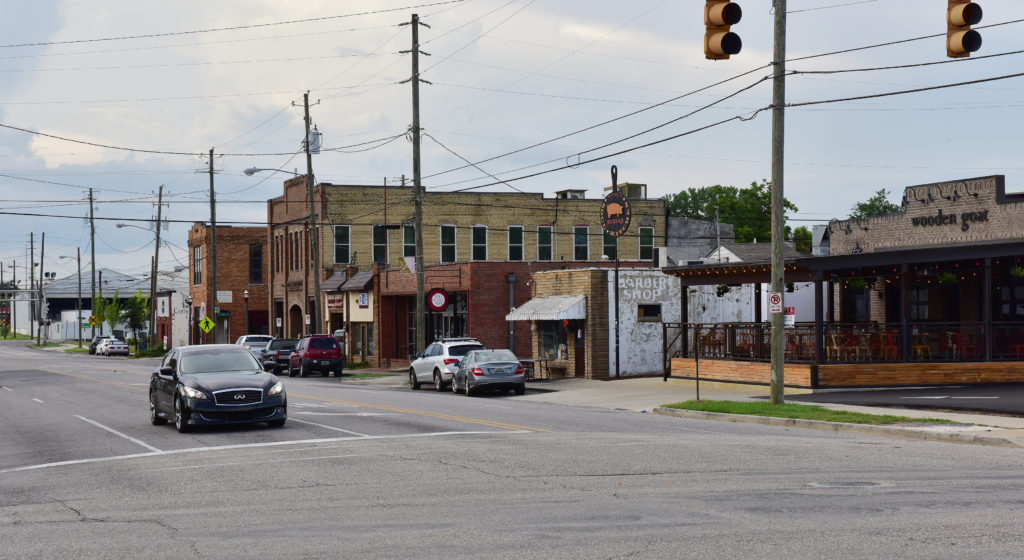
Significant difference
Gentrification and revitalization are similar in that they both bring about great change in a community. However, there is a significant difference: In gentrification, people of a lower income are almost always pushed out of the affected area, but in revitalization this does not occur. You could say that revitalization has all of the perks of gentrification but few of the drawbacks.
Among those who believe Birmingham is undergoing a revitalization is Randall Woodfin, who argues that areas that are currently experiencing change, such as South Avondale, Parkside, and Lakeview are experiencing revitalization.
Gentrification also drives residents out of their homes and there isn’t any evidence of residents being evicted from their homes in Birmingham.
Yet, there are studies that show more people are displaced by poverty than gentrification.
Former Birmingham Mayor Richard Arrington said, “People move naturally to the safest, most stable areas that they can afford.” People are driven away from areas that are not safe for their families, or lack any work to sustain themselves with.
There is an upside to gentrification which brings with jobs, safer neighborhoods, and lower crime rates. Birmingham City Councilman Steven Hoyt said, “When people see a better way of living, they cannot hope but to transcend.”
Hoyt also suggested that programs such as Hope 6 Housing, and mixed income apartment buildings are good ways to lessen the effects of, if not fully avoid, the displacement gentrification brings.
The displacement caused by gentrification comes about largely because of higher property taxes. “People are afraid of gentrification because they do not understand the tax structure and how it benefits them,” Arrington said. Higher taxes can mean that the city can fund more programs such as the fire department and the police department.
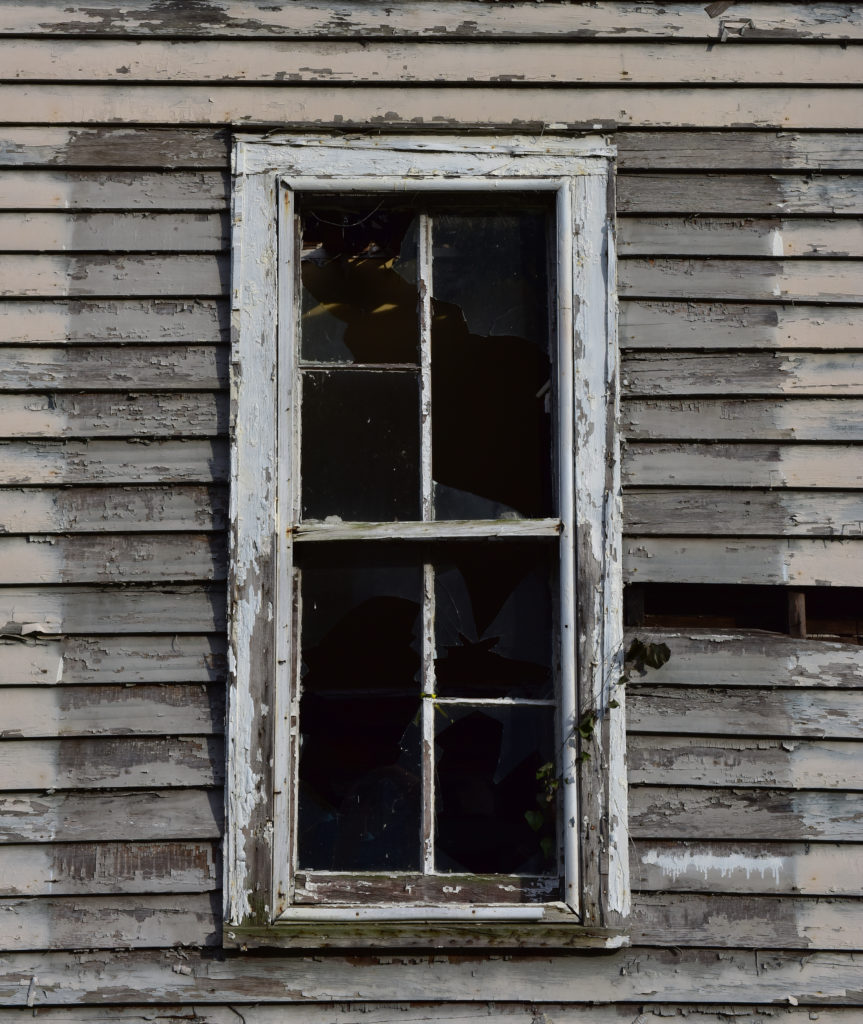
Improving the economy
Bruce Katz, a vice president of the Brookings Institution and co-author of “The Metropolitan Revolution: How Cities and Metros Are Fixing our Broken Politics and Fragile Economy,” feels the fear of gentrification may be warranted because of the large level of decentralization in the city’s population over many decades.
However, the best way to address the fear is by improving the economy, he said.
“Right now, I think job number one should be to try to grow your innovative economy, and your creative economy, and to be very purposeful about your education system and your workforce development system,” Katz said. “So, again, more people within the core of the city in disadvantaged neighborhoods can actually participate in the updraft. And to have a focus on neighborhood regeneration and housing affordability as you move along.”
The revitalization is all part of a plan to make Birmingham “look cool,” said Bell.
“People in my age group go out to a restaurant and have a nice glass of wine and then they go home, but it is the young people that define the vitality of a community,” the mayor said. “That’s why you see the Bikeshare program that we came up with. We try to create outdoor activities . . . so people say it’s cool to live in Birmingham and all the cool bars and restaurants and the things that have popped have been the catalyst to turn neighborhoods around like Avondale and Woodlawn and neighborhoods like that.”
Ebone’ Parks contributed to this article.



